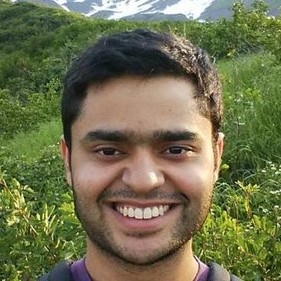 |
Arun Mallya is a Research
Scientist at NVIDIA Research. He obtained his Ph.D. from the University of
Illinois at Urbana-Champaign in 2018, with a focus on performing multiple tasks efficiently with
a single deep network. He holds a B.Tech. in Computer Science and Engineering from the Indian
Institute of Technology - Kharagpur (2012), an MS in Computer Science from the University of
Illinois at Urbana-Champaign (2014). His current interests are on making neural networks faster,
better, and more compact.
|
 |
Paulius Micikevicius works in compute architecture at NVIDIA on accelerating DNN training
and
inference through reduced arithmetic and other optimization techniques. In his previous roles at
NVIDIA Paulius focused on parallelizing various compute workloads for GPUs, including DL,
computer vision, scientific, and engineering applications. He also worked worked on developer
education, connecting chip architecture details to software optimization techniques, resulting
some of the highest rated and attended GPU Technology Conference talks. Paulius has also worked
on perception while at a self-driving car company Zoox and as an assistant professor of Computer
Science at Armstrong Atlantic State University. He holds a PhD in Computer Science from the
University of Central Florida.
|
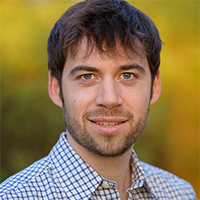 |
Carl Case is a senior architect in compute architecture at NVIDIA, where he works on
reduced-precision arithmetic for training deep neural networks. His focus is optimizing the
entire stack of deep learning training - from hardware to high-level software - to accelerate
the pace of AI development. Previously, he worked as a machine learning researcher on Deep
Speech and its successor speech recognition systems at Baidu's Silicon Valley AI Lab. He holds
bachelor's and master's degrees in computer science from Stanford University.
|
 |
Pavlo Molchanov obtained PhD from Tampere University of Technology, Finland in the area of
signal processing in 2014. His dissertation was focused on designing automatic target
recognition systems for radars. Since 2015 he is with the Learning and Perception Research team
at NVIDIA, currently holding a senior research scientist position. His research is focused on
methods for neural network acceleration, and designing novel systems for human-computer
interaction and human understanding. For network acceleration, he is interested in neural
network pruning methods and conditional inference. For human understanding, he is working on
landmark estimation, gesture recognition, hand pose estimation. He received the EuRAD best paper
award in 2011 and EuRAD young engineer award in 2013.
|
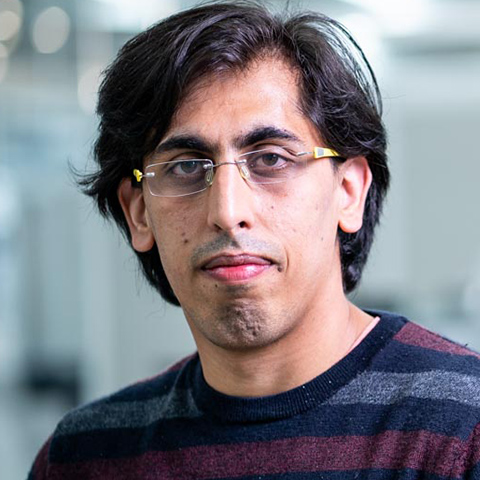 |
Karan Sapra
is a research scientist at NVIDIA in Santa Clara, US. He obtained his PhD.
from Clemson University in 2018. During his PhD studies, he was an intern at Oak Ridge National
Lab in 2015. His research interest lies in using deep learning for computer vision and computer
graphics. During his PhD. he has also worked on various other research areas such as Peer2peer
(P2P) networks, computer networking and security, and high performance computing (HPC)
|
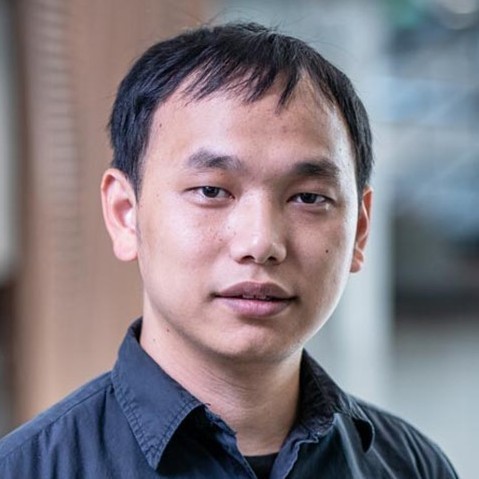 |
Guilin Liu is a senior
research
scientist at NVIDIA in Santa Clara, US. He obtained
his Ph.D. from George Mason University in 2017. During his P.h.D study, he as an intern at Adobe
Research in 2016. He received his B.E. from Wuhan University in 2012. His research interest lies
in the intersection among deep learning, computer vision and graphics. His recent research
interest focus on using deep learning for image processing and estimating physical properties
from images. His works have been published at ICCV, CVPR, ECCV, NeurIPS, IROS etc and featured
in some mainstream media outlets including Fortune, Yahoo Finance, VentureBeat etc.
|
 |
Ting-Chun Wang is a research
scientist at NVIDIA in Santa Clara, US. He obtained his Ph.D.
from
University of California, Berkeley, department of EECS, advised by Professor Ravi Ramamoorthi
and Alexei A. Efros. He received his B.E from National Taiwan University. He is a recipient of
the Berkeley Fellowship. His research interests include computer vision, machine learning and
computer graphics, particularly the intersections of all three. His recent research focus is on
using generative adversarial models to synthesize realistic images and videos, with applications
to rendering, visual manipulations and beyond.
|
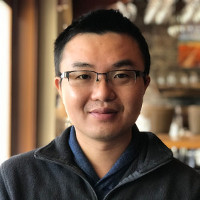 |
Ming-Yu Liu is a principal research
scientist at NVIDIA Research. Before joining NVIDIA in
2016,
he
was a principal research scientist at Mitsubishi Electric Research Labs (MERL). He earned his
Ph.D.
from the Department of Electrical and Computer Engineering at the University of Maryland College
Park in 2012. He is a recipient of the R&D 100 Award by R&D Magazine for his robotic bin picking
system in 2014. His semantic image synthesis paper and scene understanding paper are in the best
paper finalist in the 2019 CVPR and 2015 RSS conferences, respectively. In SIGGRAPH 2019, he won
the
Best in Show Award and Audience Choice Award in the Real Time Live show for his image synthesis
work. His research focus is on generative image modeling. His research goal is to enable
machines
human-like imagination capability.
|







